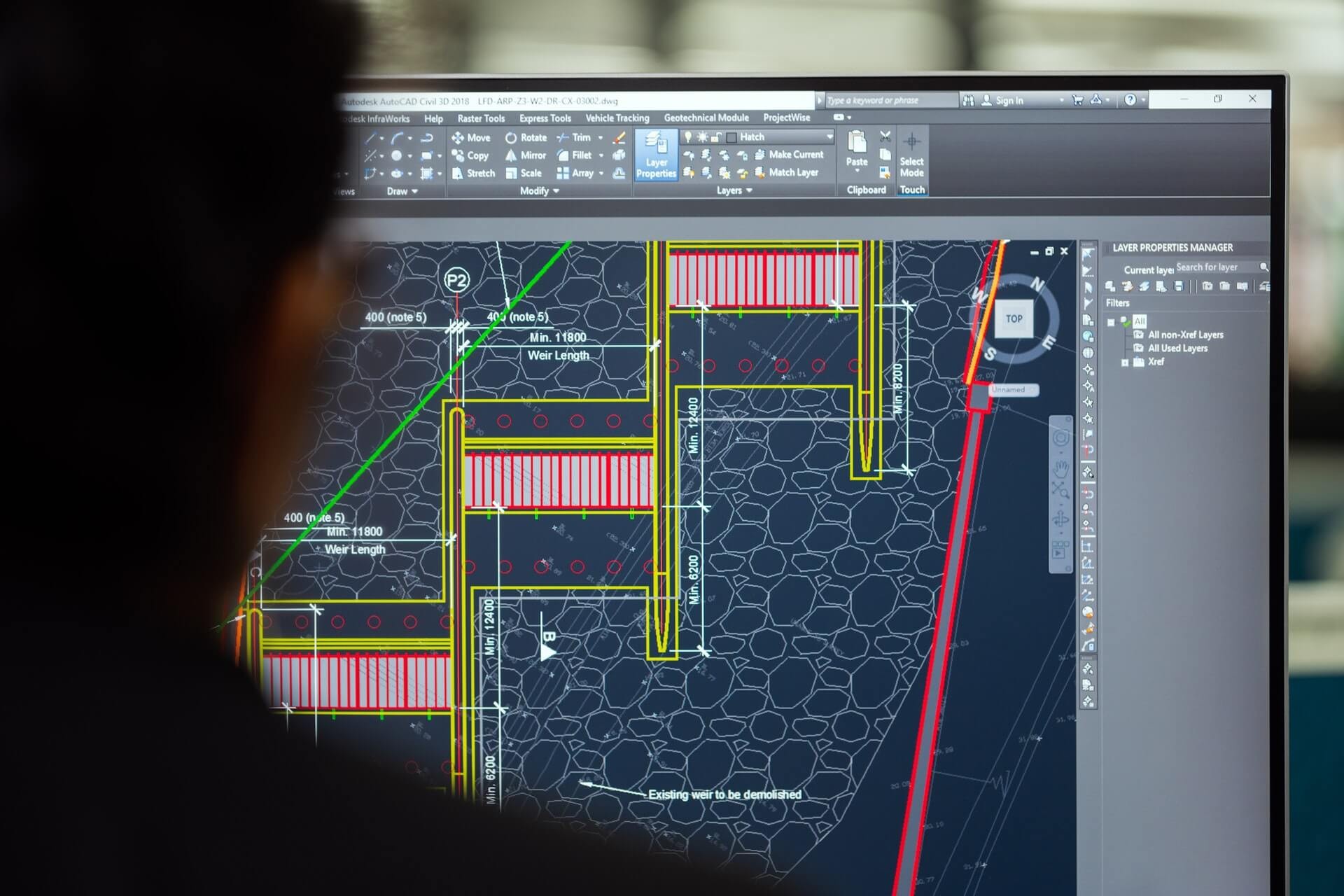000 Fundamentals
Title: Basic information and guidelines on the use of BIM.
Description: Collection of general principles, requirements and definitions for the use of BIM in construction projects.
Practice: Definition of standards and protocols for the use of BIM in a construction company.
010 Inventory recording and modeling
Title: Inventory and modeling of existing buildings.
Description: Use of 3D laser scanning and photogrammetry to record and model existing buildings.
Practice: Creation of a digital model of a historic building for planning renovation work.
020 Demand planning
Title: Determining the needs and requirements of a construction project.
Description: Determination of the functional and spatial requirements as well as the objectives of the project.
Practice: Needs analysis for the construction of a new school building, based on pupil numbers and educational requirements.
030 Planning variants or preparation of budget justifying documents
Title: Development and evaluation of various planning options.
Description: Creation and analysis of different design options to find the optimal solution, taking into account budget and requirements.
Practice: Comparison of different façade materials and designs for an office building in order to weigh up costs and energy efficiency.
040 Visualization
Title: Creation of visualizations to support planning and decision-making.
Description: Use of 3D renderings and animations to visualize the building at different planning stages.
Practice: Creation of visualizations for the presentation of a new shopping center to investors and the public.
050 Coordination of the specialist trades
Title: Coordination of the various trades involved in a construction project.
Description: Synchronization and coordination of the work of architects, engineers and other specialist planners.
Practice: Use of a BIM model to coordinate the electrical, sanitary and ventilation installations in a hospital.
060 Planning progress control and quality inspection
Title: Monitoring of planning progress and quality inspection.
Description: Regular checking of plans and models for correctness and completeness.
Practice: Performing quality checks on the models of a high-rise project to ensure that all standards are met.
070 Design and verification
Title: Technical design and verification.
Description: Carrying out static calculations and verifications to ensure the load-bearing capacity and safety of the structure.
Practice: Calculation of the load-bearing capacity of a bridge structure in the BIM model.
080 Derivation of planning documents
Title: Creation of planning documents from the BIM model.
Description: Derivation of construction plans, sections and views from the digital model.
Practice: Creation of detailed construction plans for a residential building from the BIM model.
090 Approval process
Title: Supporting the approval process with BIM.
Description: Provision of the necessary documents and visualizations for building applications and approval procedures.
Practice: Use of a BIM model to visualize a construction project when applying for a building permit.
100 Quantity and cost calculation
Title: Quantity and cost determination based on the BIM model.
Description: Calculation of the required materials and costs based on the digital models.
Practice: Creation of a detailed cost plan for the construction of a bridge using 5D BIM.
110 Specifications, tendering, awarding
Title: Creation and management of specifications.
Description: Use of the BIM model to create detailed specifications for tenders and contract awards.
Practice: Creation of a bill of quantities for the tendering of construction services for a new school building.
120 Scheduling of the execution
Title: Scheduling and coordination of the construction work.
Description: Use of 4D BIM models to simulate and control the construction process.
Practice: Use of 4D BIM to plan and control the construction phases of an office building.
130 Logistics planning
Title: Planning of construction site logistics.
Description: Coordination of deliveries, storage and logistics on the construction site.
Practice: Planning the logistics for material deliveries and storage for a high-rise project.
140 Construction progress control
Title: Monitoring construction progress.
Description: Comparison of the actual construction progress with the planned schedule.
Practice: Monitoring construction work in real time and adjusting schedules in the event of deviations.
150 Change and supplement management
Title: Management of changes and supplements.
Description: Documentation and management of changes during the construction phase.
Practice: Recording and management of supplements and change requests in a construction project.
160 Billing of construction services
Title: Billing and documentation of construction services.
Description: Verification and invoicing of the construction work performed using the BIM model.
Practice: Use of the BIM model for the documentation and invoicing of construction services for a shopping center.
170 Acceptance and defect management
Title: Acceptance and defect management.
Description: Recording and management of defects during building acceptance.
Practice: Use of BIM to record and track defects during the acceptance of a new office building.
180 Commissioning management
Title: Preparation and management of commissioning.
Description: Organization and documentation of commissioning processes.
Practice: Preparation of a commissioning plan for a hospital, including staff training.
190 Project and building documentation
Title: Documentation of the building and project data.
Description: Recording of all relevant data and documents in the BIM model.
Practice: Creation of a complete digital building file for a new university building.
200 Use for operation and maintenance
Title: Use of the BIM model for operation and maintenance.
Description: Use of the model for the management and maintenance of the structure after completion.
Practice: Use of the BIM model to plan and carry out maintenance work on an office complex.

